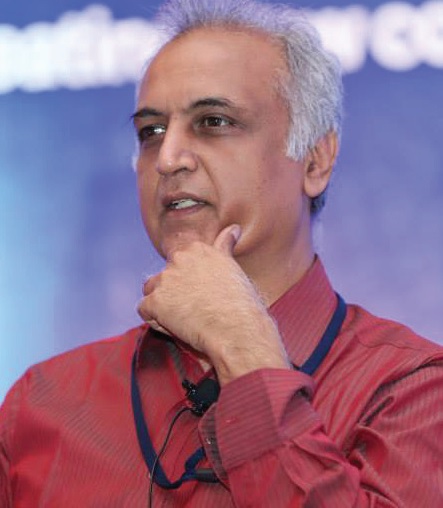In my previous column, I made a case for what I call Public Interest Public Relations (PIPR) on the lines of Public Interest Litigation (PIL) and was glad to find that the idea is getting kindled here and there. My interest in this topic is to ensure that the public interest is better served through effectively giving a voice to the voiceless through the skills, processes, networks, and relationships that PR professionals tend to build over the years. This is not to be confused with corporate lobbies trying to appropriate the term “public interest” to further their business goals.
I am writing this to elaborate on how one can go about it. Typically, PIPR is best done by professionals who have been there and done that but are in in a mood to give back to society. Or this can be done those taking a sabbatical from work or those generally tired of doing the big corporate pitches but have the time. Technology can be a big help. The Internet enables access to sources, the ability to communicate and the use of social and independent media options outside the mainstream media.
Those who need to reach out to the media or the general public increasingly have direct access through technology. Nevertheless, I do believe seasoned PR professionals can help those in need of help by offering strategic advice, consulting and operational services. The best part is that genuine journalists are more inclined to believe the underdogs and the unheard than the rich and the mighty. The story value emerging from the previously voicess is more likely to get what PR people in a different context refer to as “earned media.”
I have always described news media organisations as the “social judiciary.” If you want justice, you go to the courts. If you want the public opinion going in your favour, you go to the media. In the legal profession, there are some lawyers who take up PIL as a specialisation — some with political ambitions. There are also organisations with a strong social conscience that evangelise cases meant to help the underprivileged.
As an article in a legal education website explains, attorneys, “although paid for their work, may choose to volunteer their time, education and counsel for free or at a reduced rate to economically disadvantaged individuals.” It adds that the need for legal services for the poor in America is “astounding.” All I can say is that this is needed more in India.
Legal aid is defined as the provision of assistance to people who are unable to afford legal representation and access to the court system. You just have to Google that word and a number of names and established practices spring up.
In India, we have bodies such as the Lawyers Collective offering legal aid. The group says its mission is to “change the status of marginalised groups through the effective use of law, and an engagement in human rights advocacy, legal aid and litigation.” The group has lately been controversial for precisely that reason. Its offices were recently raided by law enforcers for alleged abuse of foreign donation laws. But the collective has been involved on issues such as domestic violence, sexual harassment and crimes against women.
I am wondering why there cannot be organisations that do PR in the same spirit. Pro-bono lawyers are common. But pro-bono PR professionals are clearly not. My question: why not?
Small non-governmental organisations (NGOs), women’s groups, farmers bodies, child rights groups, animal rights groups and individual activists taking up causes such as water conservation or climate change combat or plastic reduction or small businesses or street food vendors….the list of entities that could do with professional PR in the public interest is long.
The best part is that some of them would gladly pay if you can make it affordable by a smart use of technology, tools and training. For instance, seasoned PR professionals can conduct workshops on “self-service PR” on how to write a press release or how to approach the media. Or they can for smaller amounts do what they do for bigger client: anything from news conferences to public meetings. Or they can create support groups, social media accounts or online forums or Facebook pages for public interest PR.
I had mentioned researchers, teachers, health practitioners, scientists, and artists among those who could do with better PR. Why should PR be only for “lifestyle” or “entertainment” celebrities and fashion designers? Why not for artisans or folk singers? Why not for small businesses offering microfinance instead of well-funded startups started by IITans? Think about it. PR associations, media schools and other such platforms should discuss pro-bono services, which in fact expand the market for PR professionals. Pro-bono work need not necessarily be free, though crowd-funding or volunteering can be a part of the game.
As a journalist, I see stories everywhere. I would not mind PR folks helping better journalism. PR services in simple, affordable packages can make a dramatic difference to both professional PR and credible journalism. Tired whispers can become articulate voices in the public space, if the right professionals with the right attitude step in.



Be the first to comment on "How to do public interest PR: A bird’s eye guide for pro bono services"